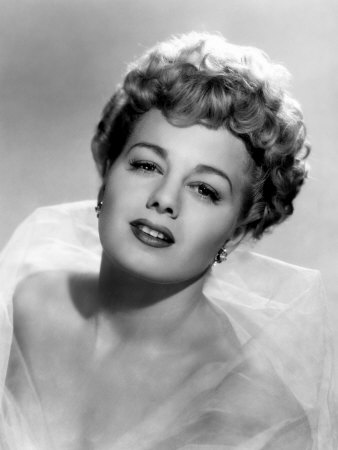Usòrò:Studio publicity Shelley Winters.jpg
Studio_publicity_Shelley_Winters.jpg (338 × 450 pixel, ívù akwukwo orunótu: 23 KB, MIME nke: image/jpeg)
Ịta nke usòrò
Bìri èhì/ogè k'ị hụ òtù ụ̀fa dị̀ m̀gbè ahụ̀.
| Èhì/Ogè | Mbọ-aka | Ógólógó na asaá | Òjìème | Nkwute | |
|---|---|---|---|---|---|
| dị ùgbu â | 20:33, 17 Jụn 2012 |  | 338 × 450 (23 KB) | Celest.ru |
Ojiji faịlụ
Ihe ndị na-eso ihe eji Ihu akwụkwọ eme na faịlụ a:
Ejiji failụ zụrụ ọha
Wikis ndi a edeputara na eji kwa failụ a:
- Ihe eji na af.wikipedia.org
- Ihe eji na an.wikipedia.org
- Ihe eji na arz.wikipedia.org
- Ihe eji na ast.wikipedia.org
- Ihe eji na bg.wikipedia.org
- Ihe eji na bn.wikipedia.org
- Ihe eji na ca.wikipedia.org
- Ihe eji na cs.wikipedia.org
- Ihe eji na cv.wikipedia.org
- Ihe eji na cy.wikipedia.org
- Ihe eji na da.wikipedia.org
- Ihe eji na el.wikipedia.org
- Ihe eji na eml.wikipedia.org
- Ihe eji na en.wikipedia.org
- Ihe eji na en.wikiquote.org
- Ihe eji na eo.wikipedia.org
- Ihe eji na es.wikipedia.org
- Ihe eji na et.wikipedia.org
- Ihe eji na eu.wikipedia.org
- Ihe eji na fa.wikipedia.org
- Ihe eji na fi.wikipedia.org
Lee more global usage of this file.




